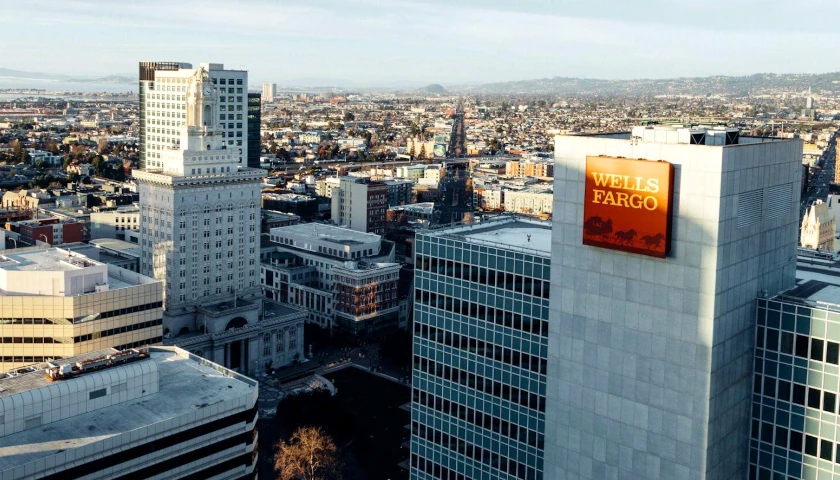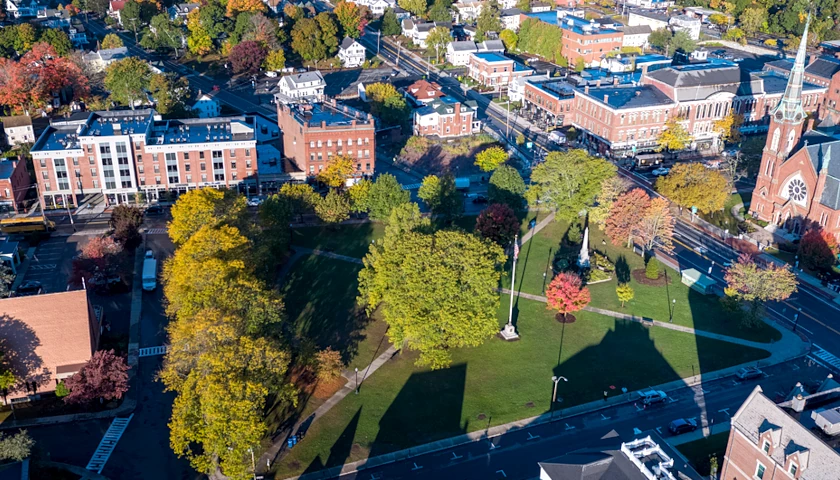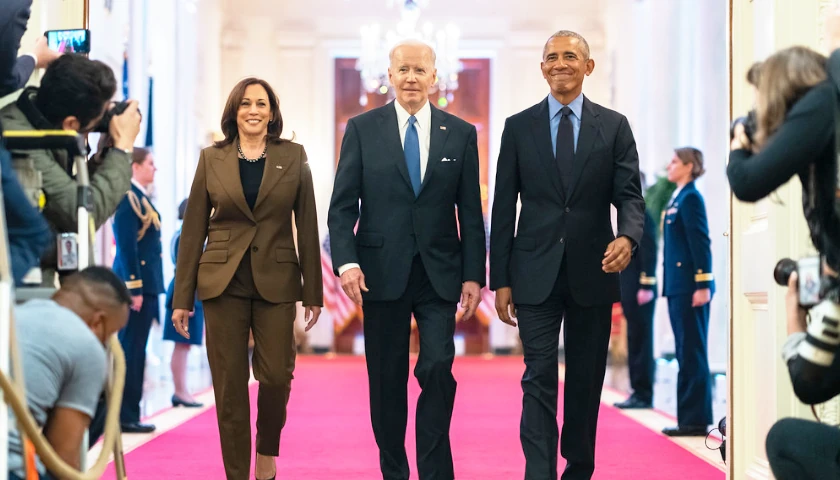by Robert Romano
Both annualized consumer and producer inflation decreased in October from 3.7 percent to 3.2 percent and from 2.2 percent to 1.3 percent, respectively, according to the latest data from the Bureau of Labor Statistics, amid a drops in oil prices.
On the consumer side, gasoline prices dropped 5 percent in October and are down 5.3 percent over the past twelve months.
Fuel oil was down 0.8 percent in October and is down 21.4 percent for the past year.
Similarly, in the producer price index, energy fell 6.5 percent in October.
But it’s a story that still shows sticky inflation when energy is excluded. Food was up 0.3 percent in October, and is up 3.3 percent the past twelve months in the consumer index.
Medical care commodities were up 0.4 percent last month and are up 4.7 percent the past year.
Shelter was up another 0.3 percent last month and is up 6.7 percent in the past year.
And transportation was up 0.8 percent last month and is still up 9.2 percent in the past year.
When food and energy are excluded, consumer inflation still stands at 4 percent for the past twelve months.
Which is why the Federal Reserve has, for now, kept the Federal Funds Rate — the rate at which commercial banks lend to one another — at its currently elevated level of 5.25 percent to 5.5 percent.
But it is worth noting that the Fed’s interest rates are very much a look in the rear-view mirror, accounting for the inflation that has already occurred.
Whereas, market-based interest rates are a look forward, telling us about future growth and inflation. On that count, 2-year treasuries are showing some signs of having potentially peaked, down from 5.19 percent on Oct. 17 down to about 4.8 percent now.
The 10-year, 2-year spread on treasuries has been inverted for over a year now — usually a reliable recession predictor — but it could be on the brink of normalizing at just 0.38 percent as of this writing.
In the meantime, UBS is projecting the Fed will cut the Federal Funds Rate in 2024 roughly in half to about 2.75 percent, projecting slower growth, higher unemployment and disinflation.
Which is what usually happens historically after peak inflation — consumer inflation peaked in June 2022 at 9.1 percent — as the economy overheats and consumers must curtail purchases. High prices cool demand and, like clockwork, if it gets particularly bad, results in periodic recessions.
In this case, the recession came much sooner than it otherwise might have come had Congress and the Fed simply not printed, borrowed and spent almost $7 trillion into existence. In 2020, when the economy was closed, a case could have made for boosting demand with spending, but in 2021, when the economy was already reopened and more than 16 million of the 25 million jobs temporarily lost in Covid had already been recovered?
President Joe Biden wanted another trillion dollars spent. It was overkill. He’d spend another trillion if Congress would let him.
And, making matters worse, the Fed kept interest rates at near-zero percent all the way until Russia invaded Ukraine in Feb. 2022, exacerbating the global supply crisis particularly with energy but also food. By then, annual consumer inflation was already 7.5 percent. The central bank waited too long to address the problem.
If we do get a recession in 2024, it might be one that could have been avoided or at least postponed, given a more standard approach to fiscal policy. Biden got what he wanted with more stimulus, and in 2024, after the American people have paid higher prices at the grocery store and shopping malls, it might be Biden who pays the price. Stay tuned.
– – –
Robert Romano is the Vice President of Public Policy at Americans for Limited Government Foundation.





